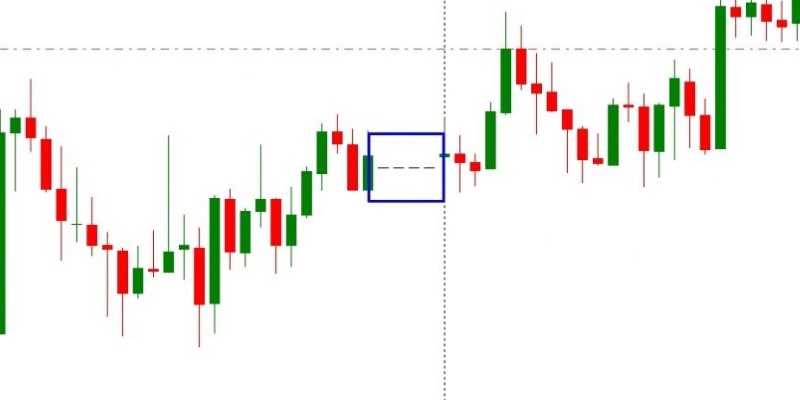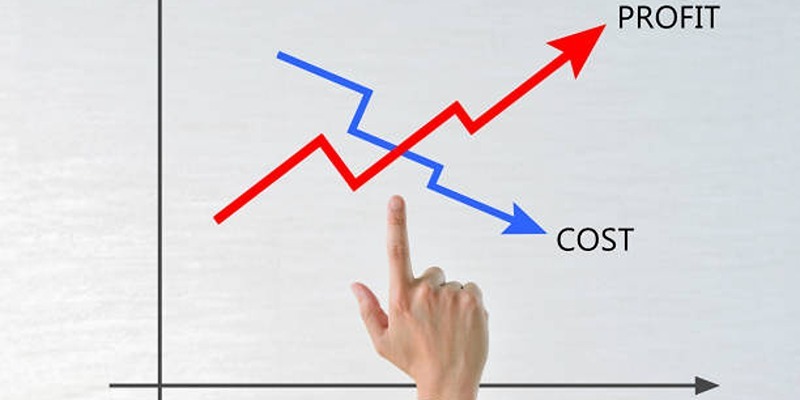All You Need to Know About Unemployment
Jan 13, 2024 By Susan Kelly
Unemployment occurs when an individual actively seeks employment but is unable to secure a job. The state of the economy is often gauged through the key metric of unemployment. The unemployment rate serves as a widely utilized indicator in this context, calculated by dividing the total number of unemployed individuals by the overall labor force participation. Various nations offer unemployment insurance to qualified individuals facing joblessness. Further insights into this topic will be explored in the following discussion.
Unemployment: What Is It?
The word "unemployment" describes those actively looking for work and are employable but having difficulty finding it. People in the job market who are employed but do not have suitable employment are included in this group. Unemployment is one of the key measures of a nation's economic health. It is typically calculated by splitting the number of jobless persons by the total number of workers.
A common misconception regarding the term "unemployment" is that it refers to those who are awaiting permission to start working again after being let go, but it excludes those who have given up looking for work within the last four weeks for a variety of reasons, such as quitting to pursue further education, retiring, becoming disabled, or dealing with personal matters. Additionally, those who wish to work but are not actively looking for employment are not included as jobless.
Interestingly, those who have actively sought employment during the previous 12 months but have not done so in the past four weeks are classified as "marginally engaged to the labor force." There is another group inside this one called "discouraged workers," which is used to describe people who have given up on finding employment.
Different Types of Unemployment

Demand-Deficient Unemployment
Also known as cyclical unemployment, demand-deficient unemployment occurs when there is not enough demand for goods and services in the economy to provide jobs for everyone who wants one. This type of unemployment typically rises during a recession, when consumer confidence and expenditures decline, leading businesses to scale back production and reduce their workforce. For example, during economic downturns, industries like manufacturing and construction often see layoffs as demand for new homes and consumer goods falls.
Frictional Unemployment
Frictional unemployment is the result of the normal turnover in the labor market and the time it takes for people to find a job that best suits their skills and preferences. It includes people who are temporarily between jobs, those seeking better opportunities, or recent graduates entering the workforce for the first time. This type of unemployment is often viewed as healthy for the economy, indicating that the job market is dynamic and responsive to changes in supply and demand for labor. Effective labor market policies, like job matching services and career counseling, can help reduce the duration of frictional unemployment.
Structural Unemployment
This form of unemployment arises from a mismatch between the skills that workers possess and the skills demanded by employers. Structural unemployment is exacerbated by technological changes, such as automation and digitization, that make certain skills obsolete, or by shifts in the economy that relocate jobs to regions where workers may not be able to follow. For example, a decline in the coal industry due to shifts towards renewable energy sources might leave miners structurally unemployed. Addressing structural unemployment often requires policy measures such as retraining programs and education reforms to equip workers with the skills needed in new industries.
How is the Rate of Unemployment Calculated?
When a person is eager and able to find employment but is without a paying position, they are considered unemployed. The percentage of jobless persons in the labor force is known as the unemployment rate. As a result, determining who is employed is necessary in order to calculate the unemployment rate.
Those who are working or jobless are included in the labor force. Determining the number of people who are employed or jobless requires counting the number of people who have employment and making practical decisions, such as determining the amount of paid labor that an individual must perform to be classified as employed. Data on the labor market are gathered by the (ABS) in Australia.
Every month, the ABS asks roughly 50,000 people's involvement in the labor market through a poll known as the Labor Force poll. The ABS divides the working-age population, defined as those over the age of 15, into three major categories for the purposes of this survey:
- Those who work for no less than one hour each week in a paid occupation is considered employed.
- Those actively seeking employment but not holding a paid position are classified as unemployed.
- Not in the labor force refers to those not seeking employment or holding a paid position.
- Those who are retired, enrolled in school, providing voluntary care for family members or children, or who are unable to work due to an injury or illness.
The following labor market indices can be computed once the population in each of these groups has been estimated:
- The total number of employed and people without jobs is the labor force.
- The percentage of jobless persons in the labor force is known as the unemployment rate.
- The percentage of individuals in the population of working-age people who are employed is known as the participation rate.
What are the Main Reasons for Joblessness?

Numerous factors from both the source side, or the workers, and the consumer side, or the employers, contribute to unemployment. Financial crises, worldwide recessions, and high-interest rates can all lead to demand-side cutbacks. Unemployment caused by friction and structural employment are important factors from the supply side.
During their time without a job, unemployed workers must sustain at least subsistence consumption. This indicates that a high unemployment economy produces less without a corresponding drop in the demand for necessities. Prolonged and high unemployment might indicate severe economic suffering and could trigger social and political unrest.
Conversely, low joblessness indicates that the marketplace is more inclined to operate close to capacity, optimizing output, promoting wage growth, and eventually boosting living standards. Nonetheless, abnormally low unemployment may also indicate inflationary pressures, an overheated economy, and difficult circumstances for companies that want more staff.
The Bottom Line!
When someone is unemployed, it means that they are looking for a job but are having trouble finding it. One important measure of an economy's health is the unemployment rate. An economy that is sustained is indicated by a low unemployment rate, whereas one that is weak is indicated by a high unemployment rate.

A Beginner's Guide to the 6 Most Popular Currencies for Trading

Doji Candlesticks: Unlocking Market Insights Through Indecision

Is Chesapeake Life Insurance Right for You? An In-Depth Review

All You Need to Know About Unemployment

A Comprehensive Overview of Setting Up a Special Needs Trust

How to Learn Financial Management

How Are 401(k) Loans Taxed? A Comprehensive Overview

See: How Do Dividends Affect the Balance Sheet?

What Does the Volatility Index (VIX) Indicate? A Beginner's Guide

